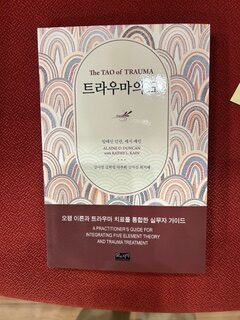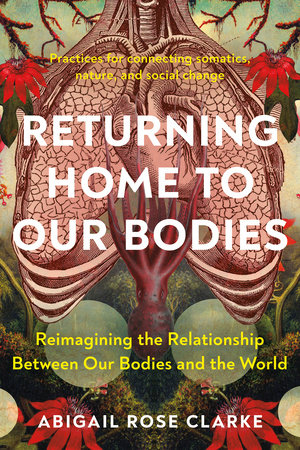Trauma Training Tip
It’s hard to know exactly what to say these days, so I’m going to rest in the wisdom of nature.
We are in the Wood season in Chinese medicine. It’s Spring. It reflects the mobilization response in the Self-Protective Response. It upholds the spiritual quality of benevolence. Wood energy is always there and available to protect and defend us from experiences of danger or life threat.
It seems those trees have so much to teach us about how to live.
Many of us learned about “survival of the fittest” and that trees fight with each other for sunlight. It turns out, those tall trees grow that way to protect and shade the understory trees – the ones that are so beautiful this time of year – Dogwoods and Redbuds and Ornamental Cherries.
What is true is that some trees grow very tall – not because they are stronger or better, but because it is their nature to provide shade for more delicate understory plants. Maybe the forest is not about competition, but instead is about creative, evolved, collaboration? The plants and animals, insects and fungi that grow beneath the tall trees are also essential to the community of the forest. Can we shift our orientation to life to one, like the trees, that forsakes competition and domination, and instead remember that benevolence, generosity, and creativity is what brings the forest, and also human communities, together?
In our culture of domination and extraction, we are wedded to urgency – we want quick results. Trees teach us differently. Slowing down is a precursor to action – just like the depth of Winter is a precursor to the bursting of color and life that is Spring. We need the pause, the space between stimulus and response in order to widen time and find new ways to solve the puzzles and problems and conflicts of our days and nights.
I highly recommend Abigail Rose Clarke’s book, Returning Home to our Bodies as a resource for exploring the wisdom of nature and the body.
Alaine’s Two Cents
Here’s some fun news! The Korean translation of the Tao of Trauma has been seen in hard copy in Seoul!
Check This Out!
Returning Home to Our Bodies by Abigail Rose Clark speaks to the importance of finding ground within our bodies in times of chaos and transition.
She uses the image of an “ecotone” – a transitional area where two distinct ecological communities meet and interact to teach us about finding ground in times of chaos and transition. We embody an ecotone is to become present not just to our own individual body, but to all the bodies that exist in the context where we are. In times of chaos and discomfort, reconnecting with the ground is incredibly important.
Resisting a consumerist somatics industry that makes the body into a product, Clark’s book teaches embodiment practices that nurture our relationship to self, nature, and community. She reminds us that the body understands how opposition can be a healing force – the muscles can tell us this. She also reminds us that the body, above all, understands support and comfort as a constant force. Our mind can find what the body already knows.
Clinical Curiosity
Where is your clinical curiosity carrying you?
Send me a question or two and I will explore them with readers in this corner next month.
Q.
My patient is in hospice care. She has cervical cancer that has metastasized to all of the organs in her pelvis. She’s in her 50’s, and will be leaving behind her two pre-teen children, and her husband. She’s in considerable pain. Are there Tao of Trauma methods that can help?
A:
So glad she has you! Dying is hard work, and your support can mean so much to her – and because all healing is ultimately vibrational – will also help her family. Knowing that she had a “good death” will be so very helpful to her children and husband as they grieve this profound loss.
Do you have a sense of the neurological platform that was her survival strategy’s “go to” in life? Was she more likely to collapse and freeze or fight like hell or flee when danger or challenge showed up? She will likely use whatever platform served her best in life as she makes her way out. So, you will want to use touch skills that soften brace or offer tone, depending on what neurological platform she is in.
You don’t mention her survival type – but that could be a helpful window as well. If she is a Metal, she may find comfort in entering this transition as a sacred moment as her lungs grasp heavenly qi. If she is a Water type, there may be comfort in helping her enter into the amorphousness of merging with the unconscious, “deep waters.” If she is a Wood type, she may find comfort in being able to let go of mobilization and find the benevolence in her life – both received and given. If she is a Fire, knowing she will merge with the one Heart that contains all hearts may be meaningful. If she is an Earth, she may find comfort in joining with the Earth – “dust to dust”. The “shadow” side of these elements may also show – control and rigidity in the Metal, fear or anxiety in the Water, rage or anger in the Wood, profound sadness in the Fire, or experiencing more of a victim stance in the Earth. Help her find the comfort that each of these elements has to offer us at any and all moments of life.
I’m sure you know that your efforts are not about saving her life. This is a case where healing is helping her find a “good” death.
All good wishes to her, to you, and to her family.



